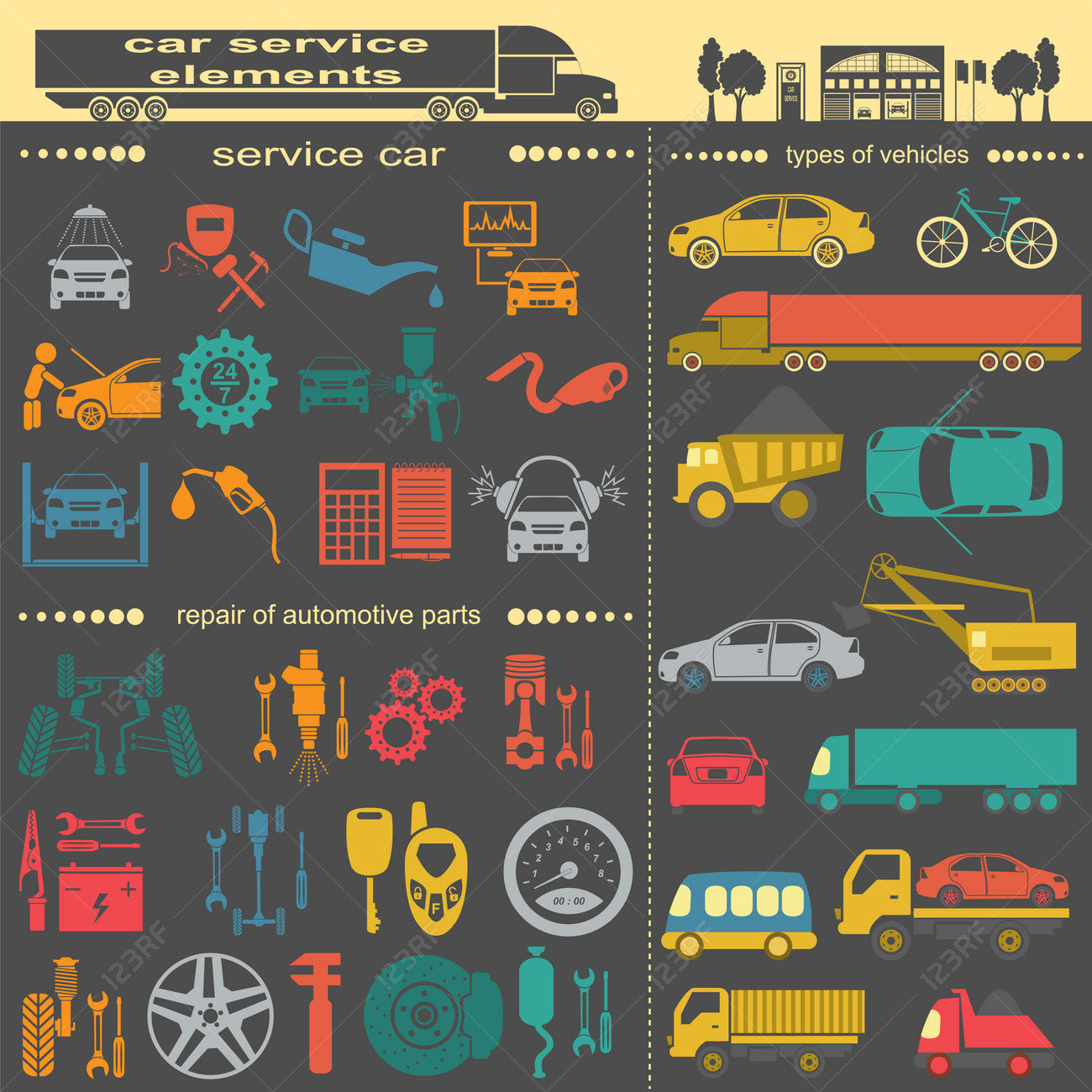Analyzing Your Auto'S Alert Lighting: Their Real Ramifications
Analyzing Your Auto'S Alert Lighting: Their Real Ramifications
Blog Article
Content Created By-Higgins Winters
When you're behind the wheel, those radiant caution lights on your control panel can be a bit bewildering. Do you understand what they're trying to tell you concerning your cars and truck's health and wellness? Comprehending the importance of these lights is essential for your safety and the longevity of your lorry. So, the following time among those lights turns up, would not you want to decode its message precisely and take the necessary steps to address it?
Common Warning Lighting and Interpretations
Identify typical caution lights in your vehicle and understand their significances to make sure risk-free driving.
The most common warning lights consist of the check engine light, which indicates concerns with the engine or emissions system. If this light begins, it's essential to have your car checked quickly.
The oil pressure alerting light indicates low oil pressure, calling for instant attention to avoid engine damages.
A flashing battery light might suggest a faulty billing system, potentially leaving you stranded otherwise addressed.
The tire pressure monitoring system (TPMS) light informs you to low tire stress, influencing lorry security and fuel performance. Ignoring this could bring about harmful driving conditions.
The ABS light indicates a trouble with the anti-lock braking system, endangering your capability to stop promptly in emergencies.
Finally, the coolant temperature level advising light warns of engine overheating, which can lead to extreme damage if not dealt with quickly.
Understanding these common caution lights will certainly help you attend to issues without delay and keep secure driving conditions.
Importance of Prompt Focus
Understanding the common caution lights in your auto is just the initial step; the importance of quickly attending to these cautions can not be emphasized enough to ensure your safety and security when driving.
When a caution light illuminates on your control panel, it's your vehicle's means of interacting a potential issue that needs focus. Overlooking https://www.kmov.com/2022/07/01/police-looking-thieves-who-targeted-belleville-auto-repair-shop/ can result in more extreme problems in the future, jeopardizing your security and potentially costing you a lot more in repairs.
Motivate attention to alerting lights can protect against failures and crashes. As an example, a blinking check engine light can indicate a misfire that, if left ignored, might create damage to the catalytic converter. Addressing this quickly can save you from an expensive repair.
Likewise, a brake system warning light could signify reduced brake liquid or worn brake pads, crucial elements for your safety and security when driving.
Do It Yourself Troubleshooting Tips
If you discover a warning light on your dashboard, there are a few DIY troubleshooting ideas you can try before looking for professional help.
https://eduardoicwqk.blogdeazar.com/30076115/master-the-art-of-changing-your-cars-and-truck-s-search-in-under-an-hour-with-beginner-friendly-pointers-that-will-leave-you-amazed-your-fast-vehicle-outlining-option-waits-for is to consult your auto's manual to understand what the specific caution light suggests. Sometimes the problem can be as straightforward as a loose gas cap causing the check engine light. Tightening the gas cap might resolve the issue.
An additional typical concern is a reduced battery, which can trigger different cautioning lights. Inspecting the battery connections for corrosion and ensuring they're safe may deal with the trouble.
If a caution light persists, you can try resetting it by disconnecting the car's battery for a few mins and afterwards reconnecting it. In addition, inspecting your automobile's liquid levels, such as oil, coolant, and brake fluid, can assist fix cautioning lights related to these systems.
Verdict
Finally, understanding your automobile's caution lights is necessary for maintaining your automobile running efficiently and safely. By quickly addressing these alerts and knowing what they indicate, you can avoid expensive repairs and potential malfunctions.
Remember to consult your vehicle's guidebook for particular details on each alerting light and do something about it appropriately to make sure a trouble-free driving experience.
Stay notified, stay safe when driving!
